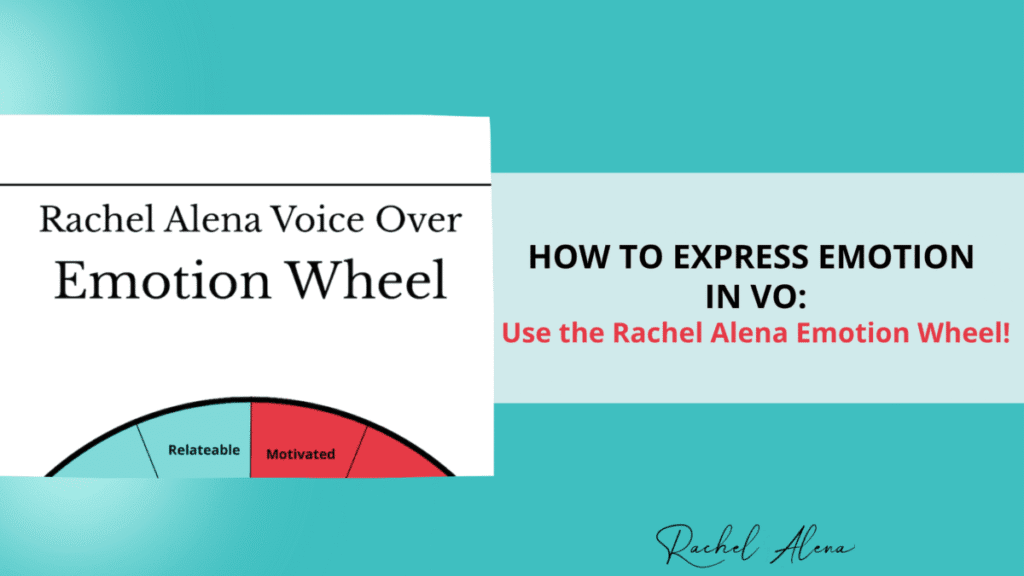
What Emotion Are You Really Trying to Express?
When I was just starting out, this question used to stop me in my tracks.
I thought I was doing things right. I could “sound happy,” “sound sad,” or “sound mad” on cue. But when it came to deeper emotional moments like shame, relief, or wonder, I froze.
Not because I didn’t care.
But because I didn’t yet know how to express emotion in voice over, not just through tone, but through connection.
Why Emotional Truth Matters in Voice Over
As an online voice over coach, I see this all the time: talented voice actors who know the script, who nail the pace, and who sound great, but they’re not fully connected.
And guess what?
Audiences can feel that. They know when you’re performing emotion… and when you’re actually feeling it.
If you want to stand out, especially in today’s competitive market, you have to master how to express emotion in voice over in a way that feels honest and grounded while not over acting or bringing too much drama to your reads.
The Tool That Helped Me Go Deeper
That’s exactly why I created the Voice Over Emotion Wheel.
It’s a simple but powerful tool that helps you move past surface-level emotions and into a more nuanced, connected performance. Think of it as a cheat sheet for your emotional toolkit.
As an online voice over coach, I use this with students across all genres – from commercials to narration and even animation.
Here’s How the Emotion Wheel Helps:
Pinpoint the real emotion behind your script
Stop defaulting to “sad” or “angry” and start identifying more specific feelings like resentful, tender, or guilty. These distinctions change everything.
Expand your emotional vocabulary
The more nuanced your emotion, the more dynamic your read. The Emotion Wheel helps you tap into feelings you might not have considered before.
Create more authentic, connected performances
No more guessing. When you know exactly what emotion you’re aiming for, your voice naturally responds without needing to “perform” it.
Want to Know How to Express Emotion in Voice Over with Confidence?
If you’ve ever felt like your reads sound too similar or not emotionally rich enough, this tool was made for you.
It’s especially useful if you:
Feel stuck in your delivery
Get vague feedback like “it needs more connection”
Struggle with emotional consistency across takes
Get the Free Voice Over Emotion Wheel
Whether you’re a beginner or a seasoned talent, this tool will elevate your reads. Download the Emotion Wheel and start using it in your next script prep session.
CLICK HERE TO DOWNLOAD THE EMOTION WHEEL
Let it guide you toward clearer emotional choices and more connected reads.
This is how to express emotion in voice over, not through guesswork, but through intention.
Final Thoughts from Your Online Voice Over Coach
You’re not expected to just “know” how to feel on mic.
Emotional expression in VO is a skill and just like tone, pacing, or breath control, it can be practiced and improved.
Use tools like the Emotion Wheel to train your emotional muscle.
And remember: you don’t have to figure it out alone.
Let’s tap into the emotions that make your voice unforgettable.
Need some more help? I offer a FREE 15-minute Discovery Call where we can identify your strengths, help you determine where your voice might fit in today’s voice over market, and answer any questions you might have.
